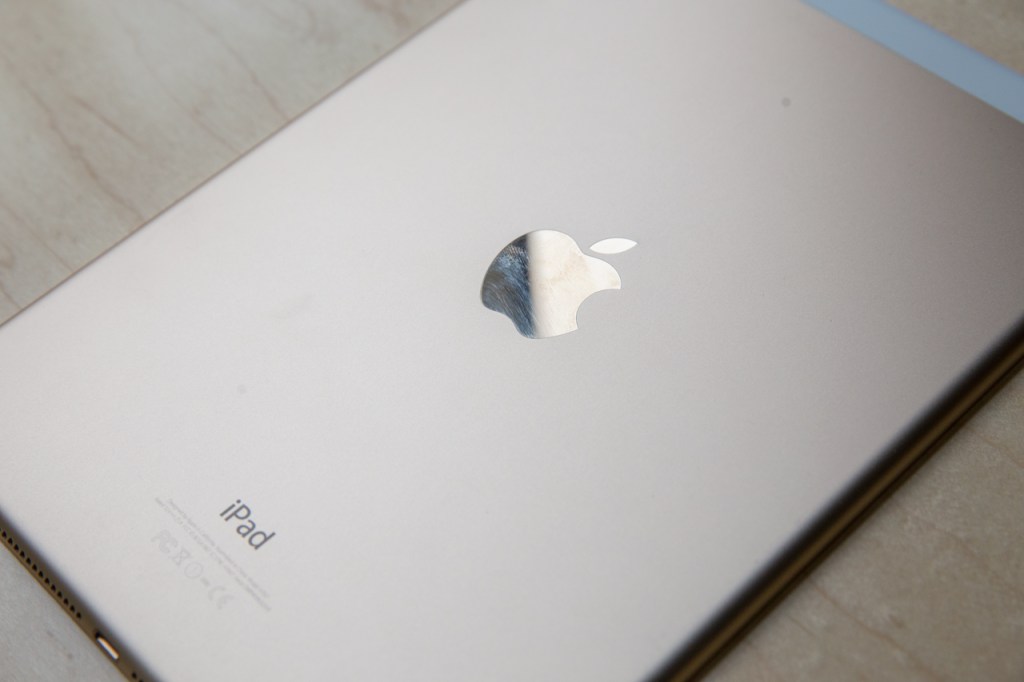
The iPad turned five on April 3, and while none could deny that the Apple tablet has been successful in the intervening half-decade, what's more interesting is trying to pin down the chief cause of its continued ability to impress users and find a place in their computing workflow. I'd argue that the iPad's primary success factor, as well as the reason behind both its recent flat sales, and why it still has plenty of years left as one of computing's most successful device categories are all one and the same: Extreme flexibility.
Apple's slate is a gadget with many lives; the original iPad is still in service for at least a few friends I know, despite not supporting the latest hardware. Its web browser is still perfectly functional for those whose needs rarely extend beyond a little Internet wandering, and while I've had one of just about every iPad model to date, the older ones always creep back into active use in varying capacities.
Sometimes, it'll seem as though the need for an iPad is waning in light of improvements to surrounding tech – better battery life for MacBooks, for instance, or larger displays on devices like the iPhone 6 Plus. Yet an iPad is always uniquely suited to some specific task, and having them around provides an immense convenience benefit vs. not having them when those needs arise. For instance, iPads have proven ideal digital comics readers; under-cabinet mounted interactive recipe books and YouTube viewers; guitar instructor; and even in-car navigation systems even in times when I wasn't using them on a daily basis as a general purpose computing device.

I've often found that it's easy to forget about the iPad, especially five years after its launch; but the tendency to overlook the Apple tablet is evidence that it has achieved exactly its designers' original intent. This is a computer that excels at getting out of the way, resulting in a transparent computing experience that you don't even realize is happening. The best process, after all, is one that's so natural as to go mostly unnoticed.
The iPad becomes whatever you need it to, and even older hardware can perform many of these functions very well. That's why I think recent flat growth in sales isn't a significant klaxon to worry about – it means that older devices are still quietly helping in the background exactly as they were intended to, leaving users without any strong impetus to upgrade immediately. But if anything, the iPad's usefulness is only more deeply ingrained than ever, meaning it's not something many will come to appreciate until older hardware fails to live up to modern software needs, or there's a breakdown, etc.
To some extent, we've only just begun to see the potential of the iPad as a solution to computing problems we didn't even know existed. It could be the perfect console for managing a smart home, for instance, or an ideal production device with advances made possible by improvements to mobile processor and input tech. But the iPad's key virtue is that it will continue to fulfill our needs with a quiet elasticity that's hard to identify except in retrospect.
No comments:
Post a Comment